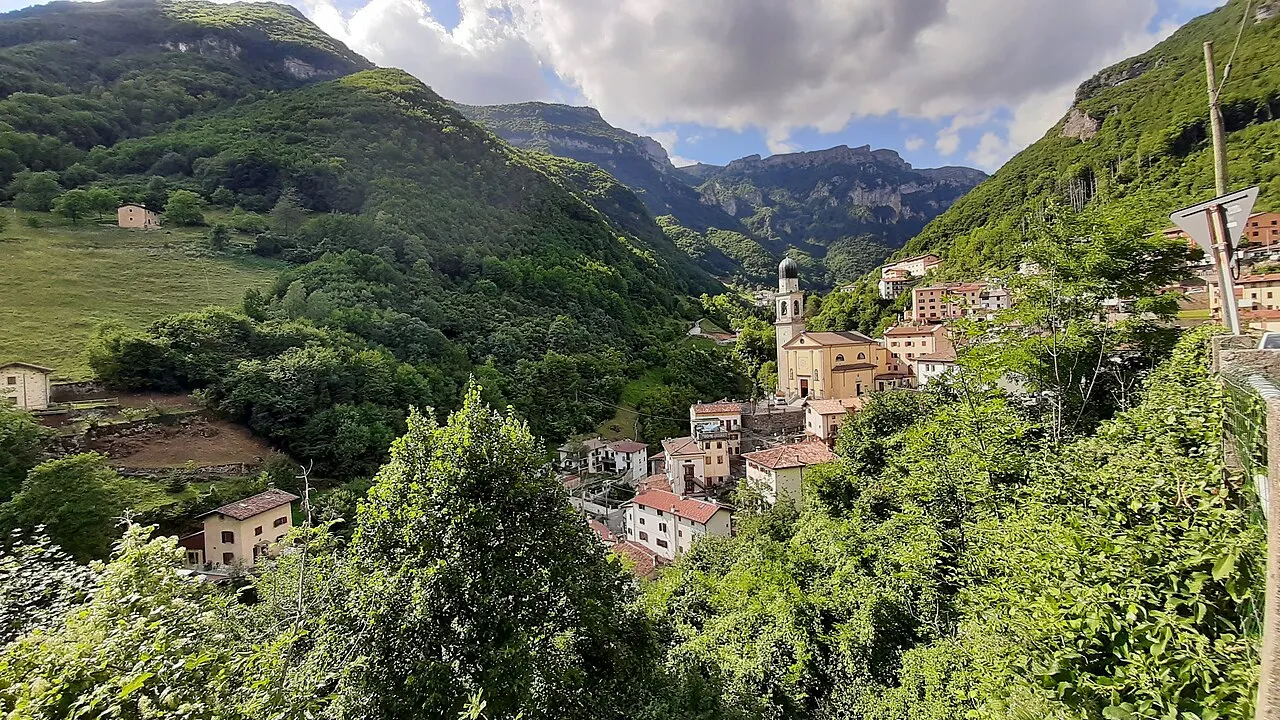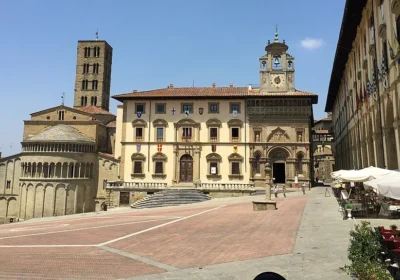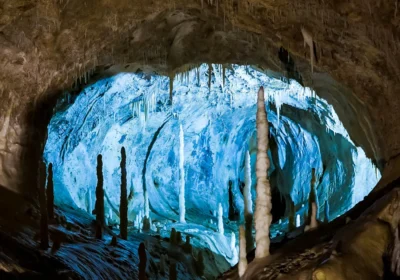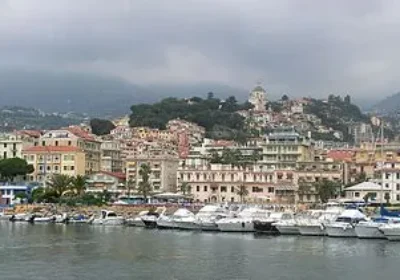Overview tour of the Lessinia region:
Lessinia is a region located between the Padana Plain and the foothills of the Alps. It is home to a mountain range called Monti Lessini, which ranges in altitude from 800 to 1800 metres. Lessinia is an extremely interesting natural area, worthy of attention from both naturalistic and cultural points of view.
Lessinia is more than 10 thousand hectares of unspoilt pastures and forests, as well as karst and speleological geological complexes with unique grottoes. This territory with an ancient history, perfect for valley and high mountain pastures, offers its guests panoramas and views of majestic natural beauty that make it one of the jewels of the Veneto region. Among the places that attract the most visitors are the Ponte di Veia, the Vale delle Sfingi (Valley of the Sphinxes), the karst cave “Spluga della Preta”, the waterfalls “Di Molina” and the unique archaeological site with fossils of ancient animals near the village of Bolca. All this is the Lessinia Regional Natural Park, a green paradise between the Lesser Dolomites, Verona and Monte Baldo near Lake Garda.
From the high pastures, deep valleys open up to the town of Scaliger, home to many species of protected wildlife. Walking along the many paths that criss-cross the natural park, you can admire a huge variety of plants and flowers. With a little patience and a bit of luck, it will not be difficult to meet squirrels, hares, badgers, foxes and marmots, as well as owls, owls, owls and the rare snow bunting bird. Going up the slopes, one can see chamois and roe deer, and why not distinguish a silhouette in the distance. The high mountain meadows of the Lessinia plateaus have been used as pastures for dairy cattle for centuries during the summer months. Here the white nectar was processed into butter and cheese of the highest quality.
Despite the decline in production, grazing on the high meadows of Lessinia and the production of DOP cheese continues. The territory of Lessinia is dotted with farms, ovines and “jassars” (underground structures used to produce and store ice). Thanks to the restoration and renovation work carried out, many historical monuments, such as mountain shelters and resting places, have been returned to the town and have become hospitable resting places on the way of tourist excursions.
The tour follows several routes, divided by difficulty and time.
It also includes a stop at a typical mountain hut and a tasty lunch prepared according to local recipes.

















